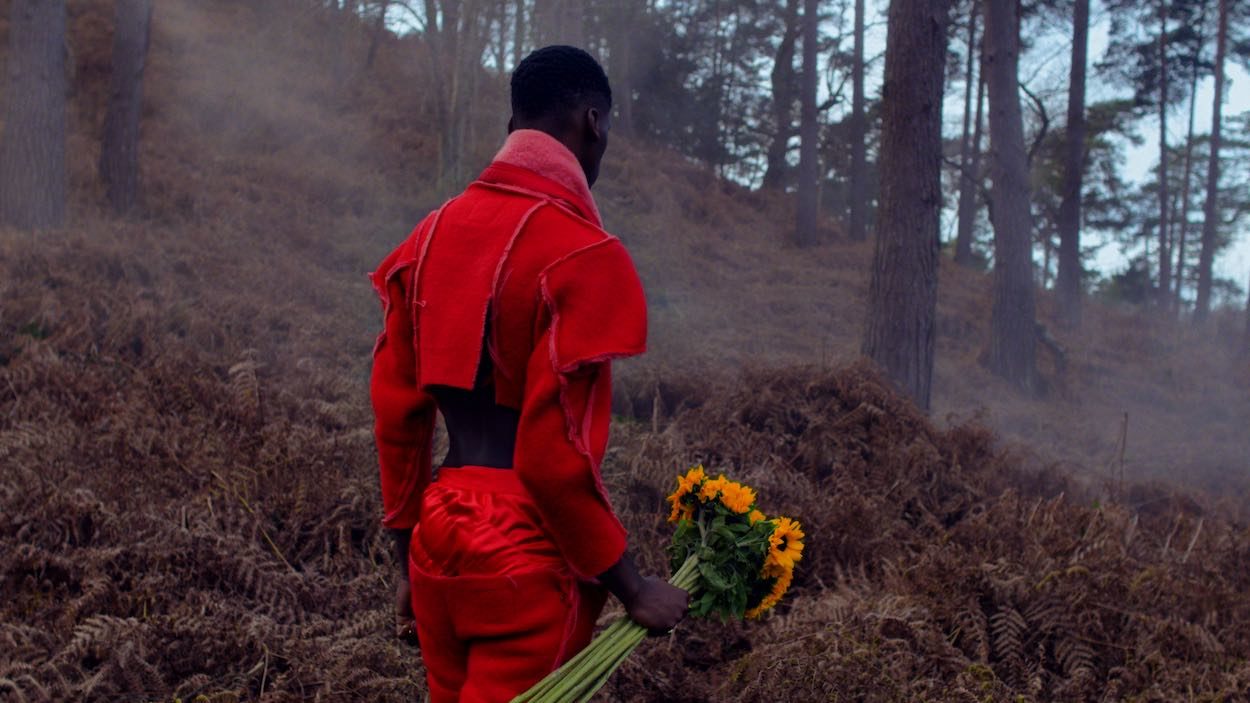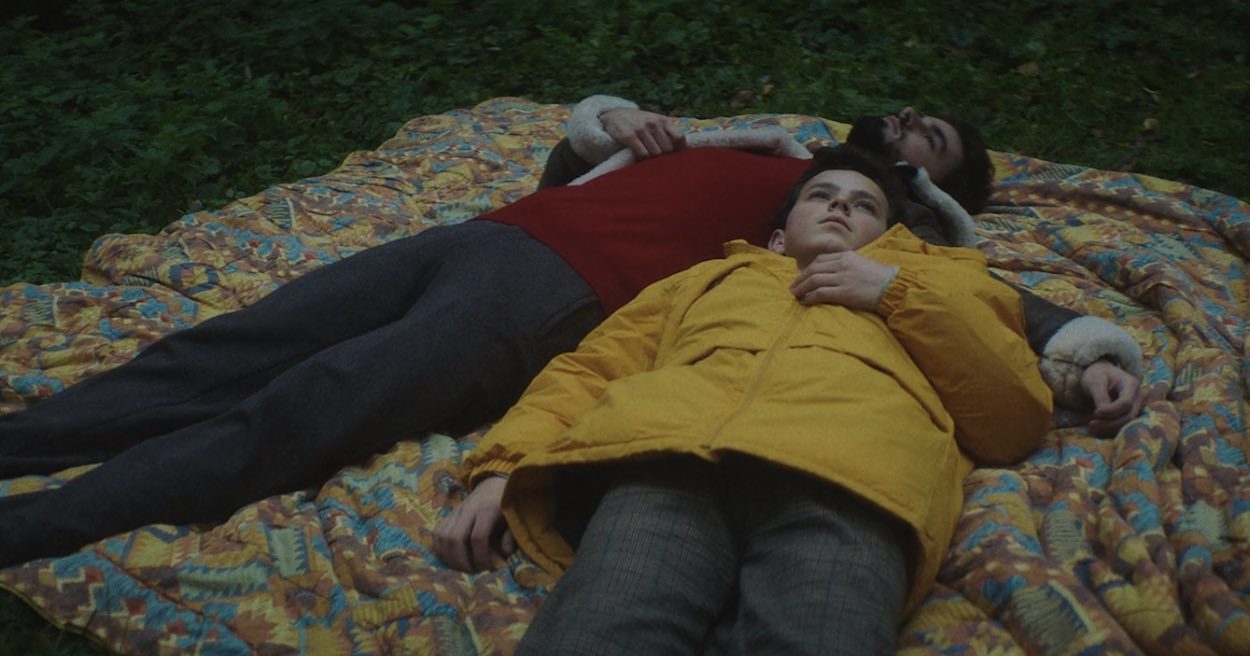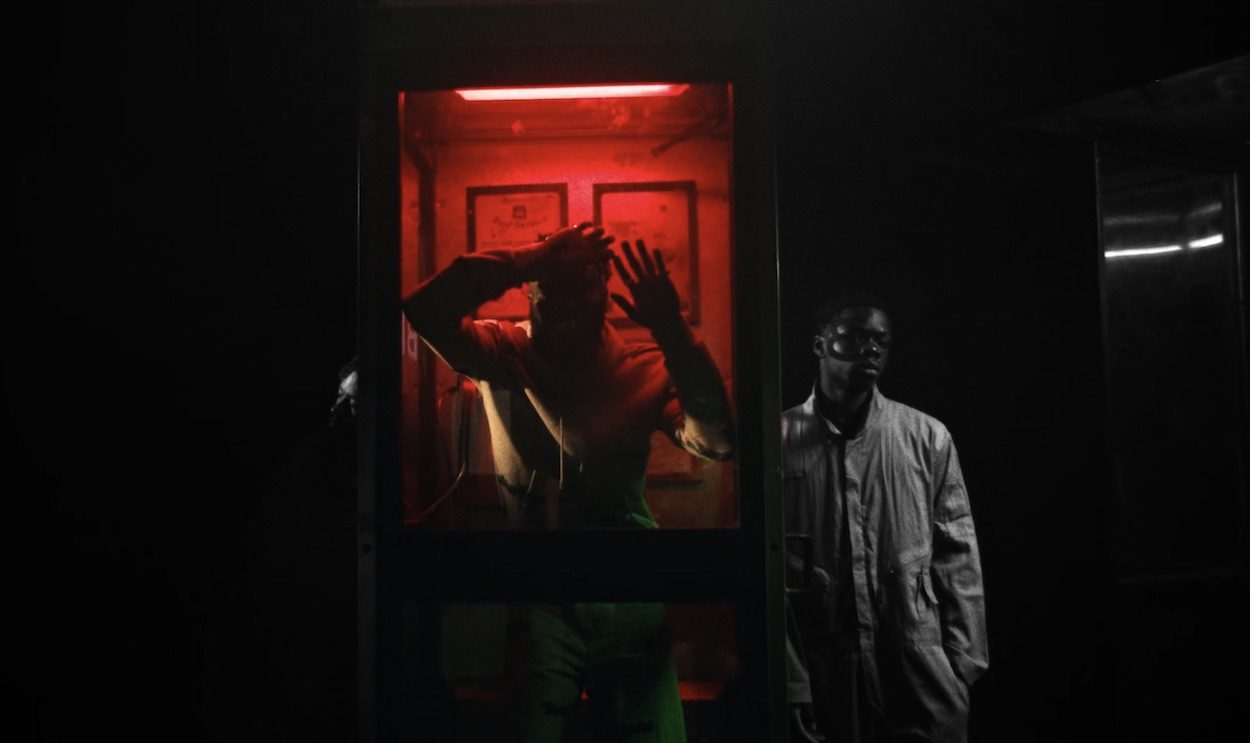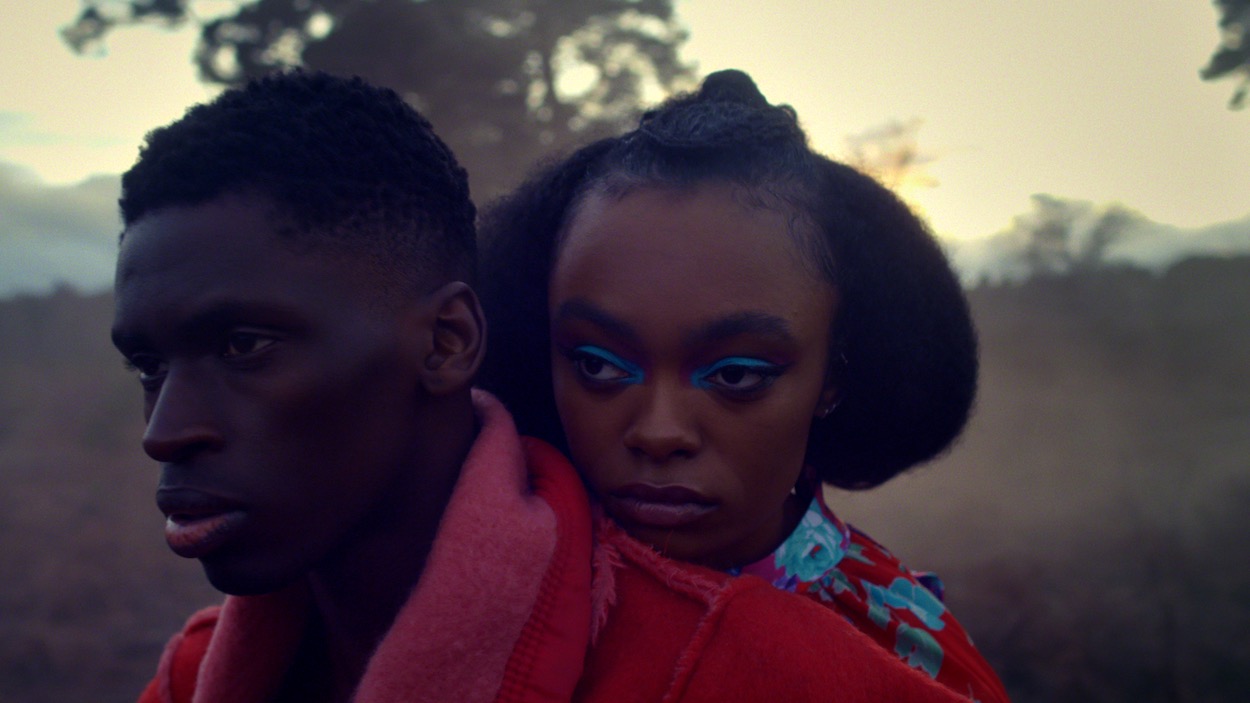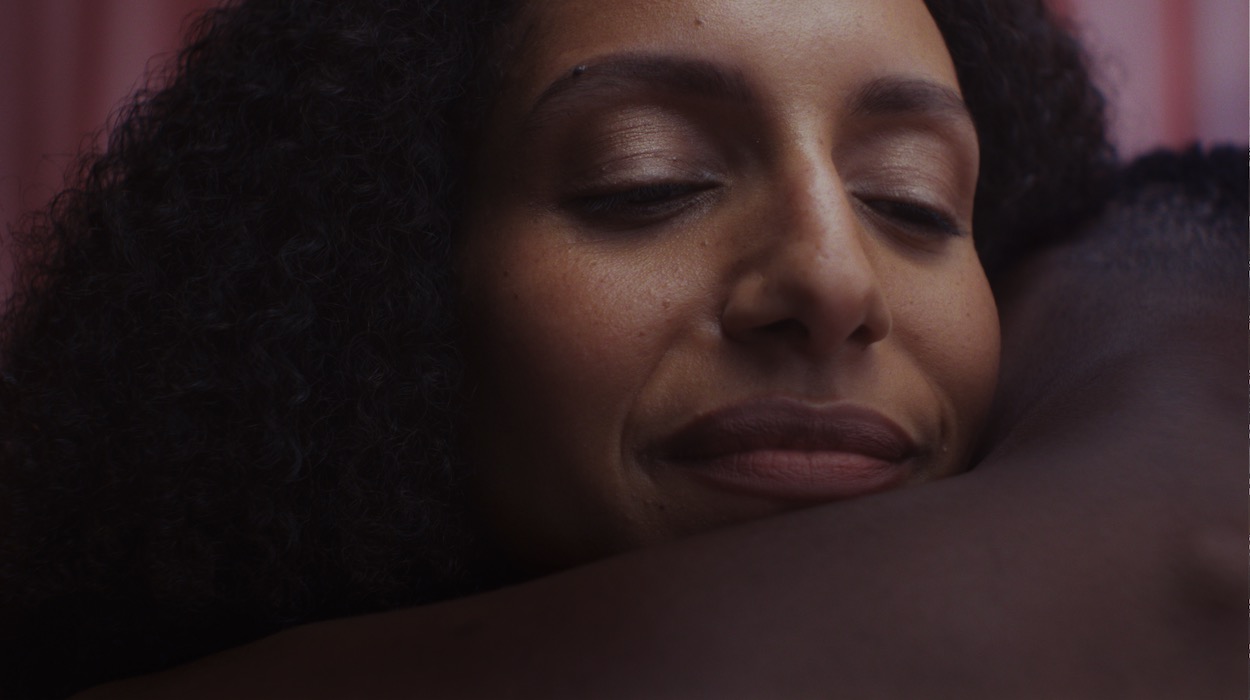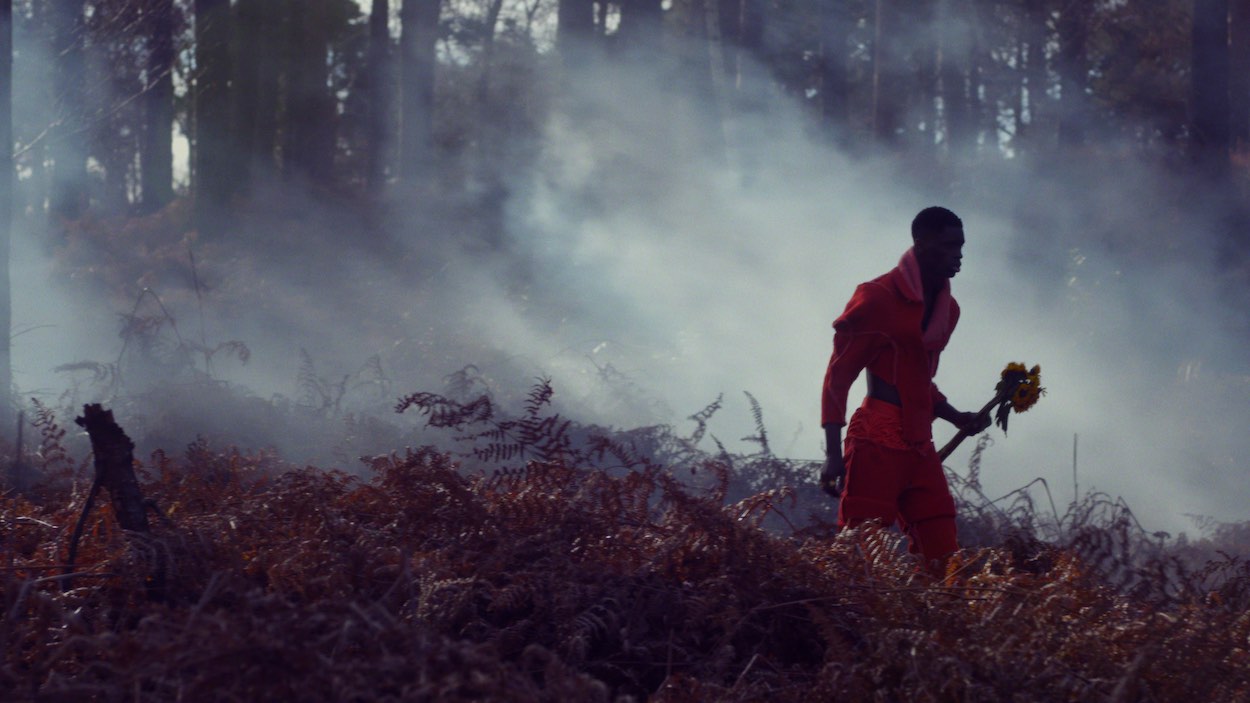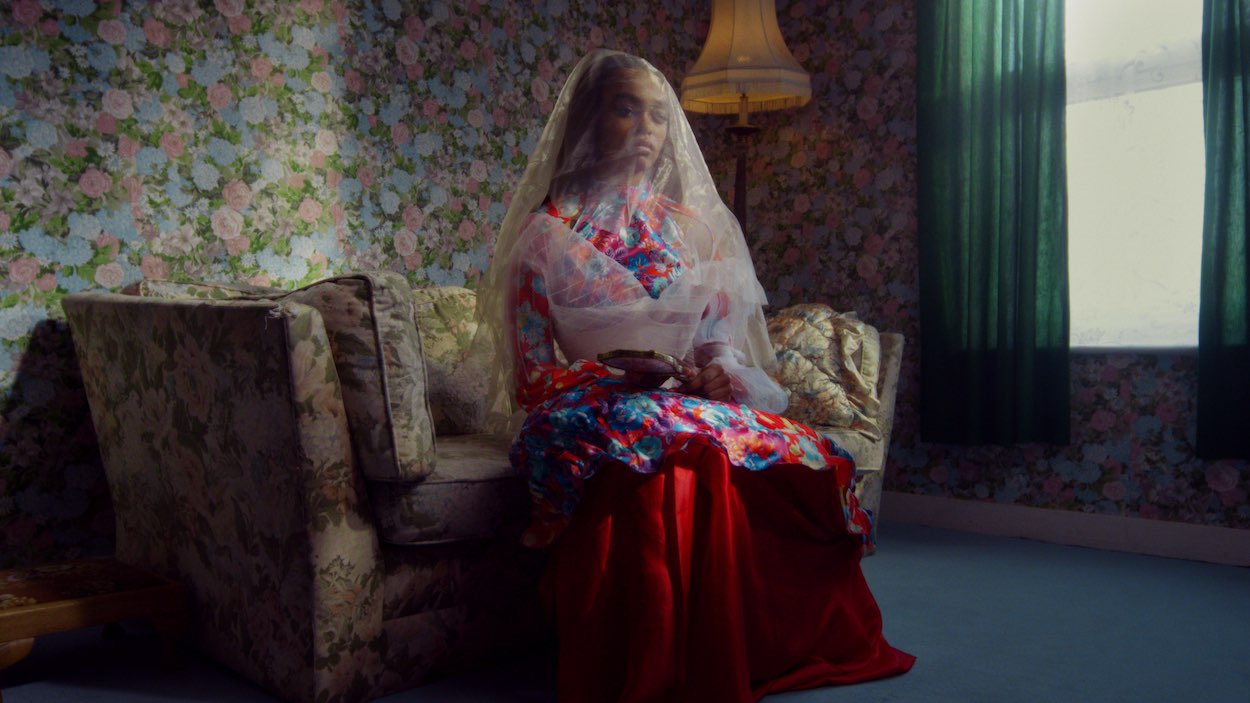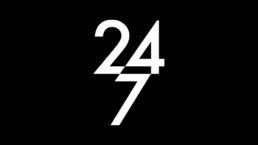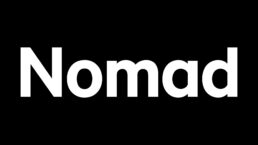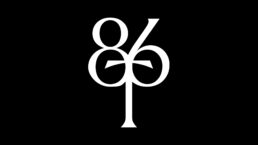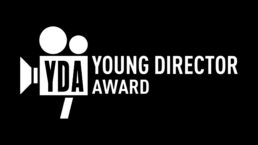Please tell us about your creative process on Flowers – how the idea came about and how you evolved the narrative.
The idea was initiated from a personal place of reflection. I found myself reflecting on my childhood, a place of comfort, love and warmth and realised that stepping into the real world, you start to exit that warmth and unearth the world’s true face. Love and warmth are still there but now in different roles. So I was curious to explore this notion in a metaphor: an idea of a flower starting off fresh and pure at the beginning and being in a jaded state by the end. This gave the initial impetus for the film and the story elements started to form from there. I was struck by the exploration of what a black fairytale would look and feel like, so these two feelings married up and the film grew from there.
What did you discover while making the film, in terms of creating a vision of what a black fairytale would look like?
So for me, the film was really an exploration into this question and within that, I’d say that I realised there is an abundance of untapped potential within the space, which is exciting. There was a breadth of approaches and directions that presented themselves and I was thrilled at the idea of those possibilities and hope to see further explorations.
The film is rich in references to the classic Disney stories of the 1930s-50s. Can you unpack how you incorporated these into the film, and why this was so important?
I worked from a place of inverting elements, which meant I had to do a forensic dive into those classics and unearth precisely what connected to me. I looked closely at the overarching themes, and the morals and true soul of each tale, whilst looking at tropes in which we could bend. Playing off these classics was important to create a sense of familiarity within the genre with the intention of breaking some new ground.
What were the challenges of the production?
Our production was a two-day shoot with day 2 consisting of our exterior scenes, which was our most challenging day. We were not only susceptible to harsh terrain and evolving weather but also started to drastically lose shooting time. This meant we were constantly having to make creative decisions to ensure we came out with the elements we needed. We didn’t have the option of overtime or re-shoots, so it meant we had to band together to be resourceful and mindful in order to complete the mission.
The cinematography of the piece is stunning. How did you collaborate with your cinematographer Olan Collardy, alongside Matthieu Tollet at The Mill for the colour grade, to create the look and feel that you wanted?
With Olan, we had been developing a series of colour palettes, looks, textures and visual references together to design and shape the look of the film, with the intention of their being this injection of majestic magenta/purple, which seemed evident in the classics we’d been absorbing. We’d worked really closely with our costume designer Ola Ebiti and production designer Jade Adeyemi in building the look of the world we’re seeking.
Matthieu Tollet skilfully elevated those worlds within the grade, bringing out more of the cinematic colours and tones and really harmonising and shaping the story’s world. He brought forensic level detail to each shot, enabling us to shape our initial intentions way further and are greatly thankful to the dynamic he brought to the film and his collaboration.
In terms of the colour grade of Flowers, the red costumes of the Prince and Princess really shine through. Looking at your other work, you place your central characters in bold block colours, whether it’s the yellow coat in Lonepsi’s Je Suis Partout Où Que J’aille or the crimson of the costume design in the desert landscape of Priya Ragu’s Lockdown. Why do you think you are drawn to such supercharged colours on your protagonists?
It’s been mentioned to me but honestly I feel like it’s an unconscious bias towards these supercharged colours, as it seems to be a running theme. I remember being really drawn to technicolour film for its richness in colour, so I surmise that I’m unconsciously looking for that injection in areas as that’s how I absorbed cinema.
Did you grow up surrounded by creativity, or is it something that you discovered on your own? How do you think being raised in London has affected your style of visual storytelling?
My dad was a photographer/artist who introduced me to comics and illustrating, along with cinema, so visual art has been in my peripheral vision since my earliest memory. With cinema, though America remains the centre point of film, being from London has enabled me to be exposed to a multicultural viewpoint, which has informed my work when challenging conventions. It has also exposed me to a mass of international cinema, arts, books, etc from a young age, which I’ve appreciated immensely.
What are you working on next? Is there anything else you would like to mention?
I’m currently working on my first feature film, which is Sci-Fi/Afro-surrealism/Coming of Age story with a unique premise.
Interview by Becca Nichols
Info:
@dumashaddad
@agilefilms
@olancollardy
@matthieu.toullet
Dumas Haddad is represented by
Agile Films in the UK
Chelsea Pictures in the US.
